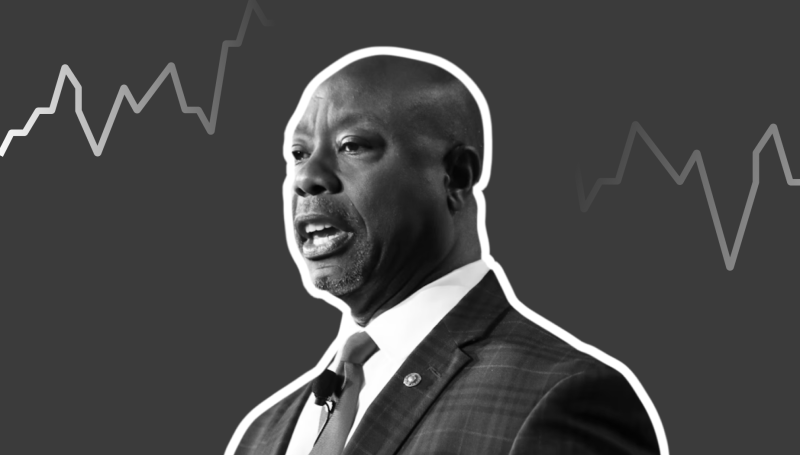Senate Banking Committee Reveals Framework for U.S. Crypto Regulation
Industry News


A group of senior Senate Republicans on the Banking Committee has released a formal framework aimed at creating comprehensive U.S. crypto regulation, ending years of legal and financial ambiguity for the industry.
The principles aim to draw clear lines, defining what constitutes digital security versus a commodity.
This move comes at a critical time, with Federal Reserve support growing and intense political pressure mounting to pass legislation, setting the stage for complex negotiations with the House of Representatives.
The Core Principles
The framework’s primary goal is to draw a statutory line between digital asset securities and commodities. This would assign jurisdiction to existing regulators, giving the SEC authority over asset fundraising and the CFTC oversight of commodity tokens.
The plan explicitly preserves the right to self-custody.
It also recognises the important distinction between centralised financial firms and decentralised protocols and treats tokenisation as an efficiency upgrade rather than an entirely new financial product class.
On consumer protection, the principles call for right-sized capital requirements and strict asset segregation rules, which former CFTC chair Rostin Behnam called the “number-one issue” for protecting users.
The framework also includes a targeted anti-money laundering package to deter fraud without stifling compliant innovation.
Industry Leaders Demand Clarity
Witnesses at the Senate hearing were unanimous in their call for action. They argued that the current lack of clear rules leaves consumers vulnerable and pushes American innovation and capital to other countries.
Coinbase’s Vice President of Legal, Ryan VanGrack, highlighted the scale of the issue, telling lawmakers that “more than 52 million Americans, one in five adults, now own digital assets.”
Greg Xethalis of Multicoin Capital warned that the ambiguity forces U.S. startups into expensive legal consultations just to launch simple projects.
Sarah Hammer of the Wharton School pointed to Singapore’s licensing model as proof that clear regulatory obligations can successfully coexist with a thriving innovation sector, providing a potential roadmap for the United States.
WATCH LIVE: Senate Banking panel holds hearing on digital assets
A Broader Regulatory Thaw
This legislative push is happening as the broader federal stance on crypto softens. Federal Reserve Chair Jerome Powell recently voiced his support for the bills moving through Congress.
“It’s a great thing that bills are moving,” he said.
Powell specifically endorsed the need for a stablecoin framework, a key component of the recently passed GENIUS Act. This marks a significant shift in tone from the U.S. central bank.
The Fed also recently updated its guidance for bank examinations, stating it would no longer consider “reputational risk”—a factor previously cited as a reason for discouraging banks from servicing crypto-related businesses.
This institutional shift is already having an effect. Powell acknowledged the “very significant change in the tone” from Wall Street, which now sees an evolving and more legitimate crypto industry.
The Political Chess Match
With the principles providing a foundation, the path to passing a law on crypto regulation is now primarily political, not technical.
The Senate’s recent bipartisan passage of the stablecoin-focused GENIUS Act provided a surge of momentum, showing that a deal is possible. However, the two chambers of Congress are on a potential collision course.
President Donald Trump has publicly urged the House to “fast-track” the Senate’s stablecoin bill to his desk immediately, without any changes.
House leadership, in contrast, wants to bundle the bill with their own market structure proposal, the CLARITY Act. This would force broader negotiations and likely slow down the entire legislative process.
Underlying these procedural debates is a growing political tension. Democrats have introduced the COIN Act to bar the president from profiting from digital assets, citing the ethical questions surrounding his family’s extensive crypto dealings.
Conclusion
The key components for comprehensive U.S. crypto regulation are now on the table. The Senate has outlined its principles, key industry players are aligned on the need for clarity, and the Federal Reserve has signalled its approval.
The outcome now hinges entirely on political will: bridging the strategic gap between the House and Senate and confronting the persistent ethical questions at the highest levels of government.
Disclaimer: This article is for informational purposes only. It is not financial advice and should not be relied upon for investment decisions. Always do your research and consult a financial advisor before investing.










